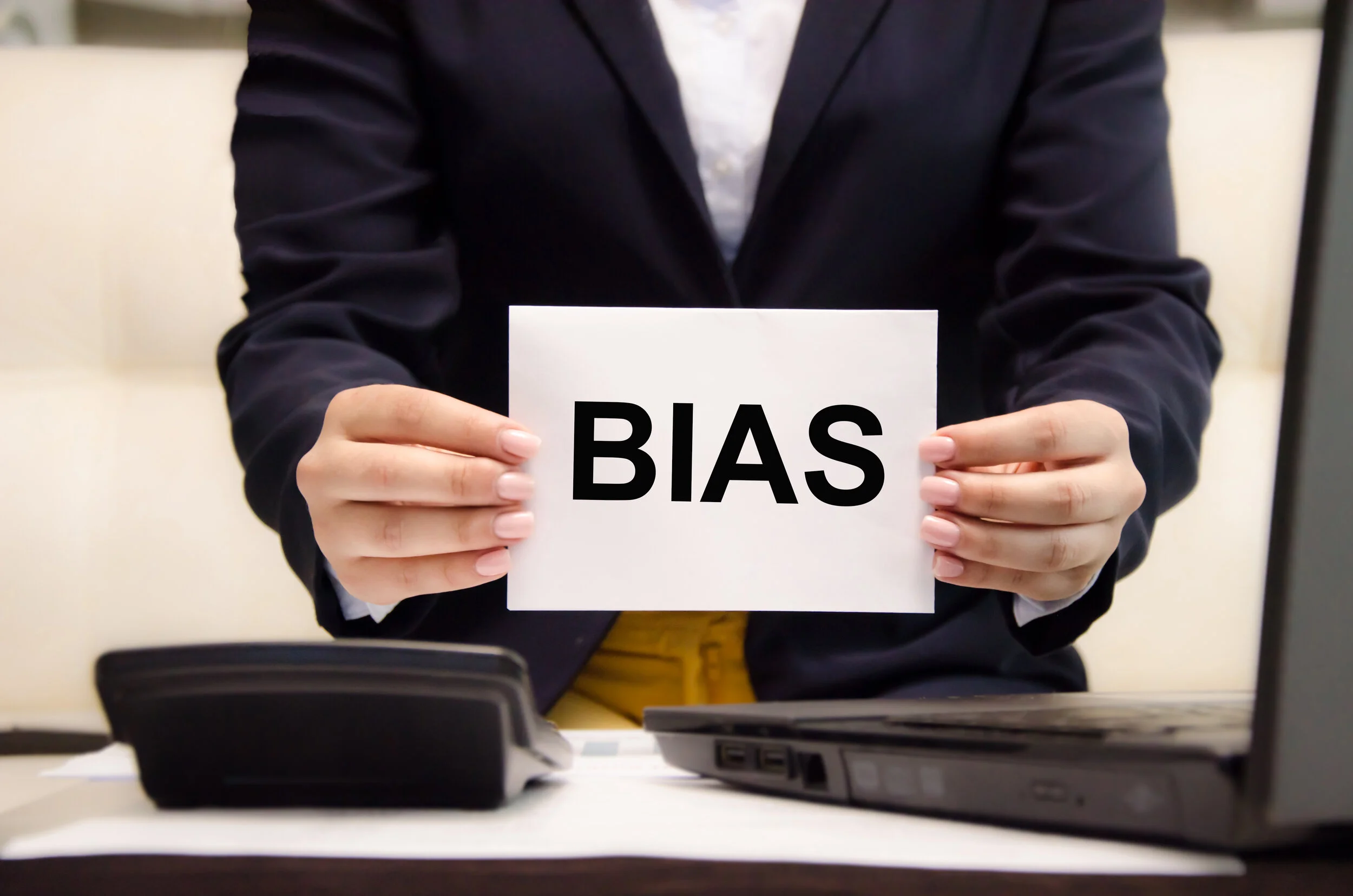It is proven over and over that diversity creates positive change in the workforce. However, some teams fail to harness the real advantages of diversity without creating a culture of inclusion and belonging. Discrimination, unconscious biases, and micro-aggressions often harm the workplace environment, stifling creativity, employee engagement, and customer relations. Nearly every workplace faces one or more of these challenges, but there is a way to manage these struggles for a better future. In this blog, I will share the 3 C’s to creating a culture of inclusion.
Curiosity
The desire to learn more about other people and cultures is integral to inclusion. Curiosity establishes the foundation of understanding necessary to create an accepting workforce. By asking challenging questions and evaluating our thoughts, patterns, and predispositions, we recognize how biases, both conscious and unconscious, affect us. This step begins with powerful self-reflection, calling all of us to look inwards and ponder our thoughts, emotions, and actions. We can start with introspective activities that reveal our unconscious biases or by taking the time to observe our workplace environment. We can also open our personal and professional networks to more diverse groups, stimulating new and sometimes challenging conversations. Our willingness to be open to new ideas and experiences leads to the self-discovery and increased self-awareness necessary for a diverse workplace.
Courage
Some people stay quiet within the workplace and look the other way when discrimination or harassment occurs. We must make the conscious, courageous effort to fight against complacency and encourage people to do the same. Whether it’s helping a team member approach Human Resources with a valid complaint or creating a safe space in your office, do not be afraid to take action. By being courageous, we become allies for our minority team members, creating a more inclusive workplace. Allies are individuals who do not fall into a specific group but choose to stand up, use their voices, and assist oppressed individuals in need of help. As a courageous ally, we establish an environment of positivity and support, encouraging minority team members to have a voice and to thrive.
Commitment
We need to be committed to the long-term goals of diversity, equity, and inclusion to create a positive change in organizational culture. Dedicated action requires constant self-reflection and intentional practices. Commitment means creating change from the top down in long-lasting and meaningful ways. In addition to publishing a DEI mission statement, organizations must follow through with a plan for diversity initiatives, increased training, and inclusive talent pipelines. Diversity is not achieved in one training session; neither is true inclusion. To establish an accepting workplace, commitment to change, and positive action is necessary.
By being curious, courageous, and committed individuals, we inspire our teams to become more welcoming and inclusive. These three C’s provide the toolset necessary for creating a culture of belonging and expanding diversity within the workforce.
LEARN MORE
Dima Ghawi is the founder of a global talent development company with a primary mission for advancing individuals in leadership. Through keynote speeches, training programs and executive coaching, Dima has empowered thousands of professionals across the globe to expand their leadership potential. In addition, she provides guidance to business executives to develop diversity, equity, and inclusion strategies and to implement a multi-year plan for advancing quality leaders from within the organization.
Reach her at DimaGhawi.com and BreakingVases.com.













